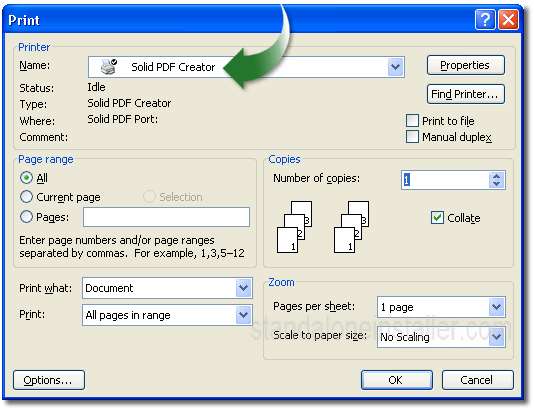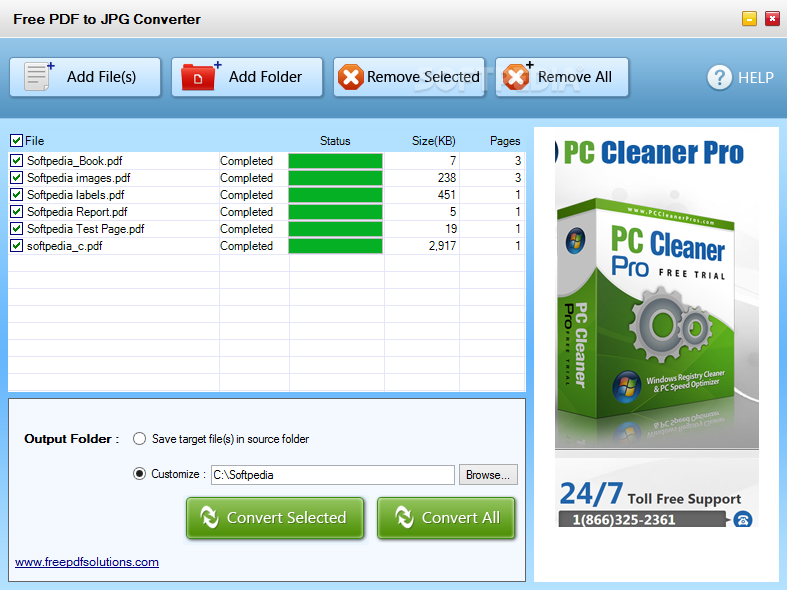


PDF CREATOR 1.7.2 DOWNLOAD SOFTWARE
The Records functionality combines both record and retention management into one software system. The focus of retention management tends to be the scheduled elimination of content in which the costs of retaining content outweighs the value of keeping it. The focus of records management tends to be the preservation of content for historical, legal, or archival purposes while also performing retention management functions. Using the Oracle WebCenter Content: Records functionality, content items can be managed on a retention schedule, which determines the life cycle of each content item. A user selects a rendition set to create renditions of a digital asset at the time the asset is checked into the repository.įor more information, see Working With Image and Video Conversions. The quantity and type of renditions are defined by the system administrator in rendition sets.
PDF CREATOR 1.7.2 DOWNLOAD DOWNLOAD
For example, one person can download images of the logo for use on a web-site, and another can download and bundle images of the same logo for use in office presentations or print collateral, all from a single digital asset checked into the repository.ĭigital assets are valuable electronic images and videos to be made available within your organization in multiple output formats, called renditions. This ensures that the asset, such as a corporate logo or promotional video, maintains a standard size and quality in the multiple formats required by your organization, while providing the content management and workflow applications of Content Server. This helps your organization maintain consistent standards for branding and digital content use.ĭAM creates multiple formats of digital assets automatically when an image or video is checked into Content Server and lists the formats under one content ID.


An advanced folio can even contain links to outside resources such as websites or shared network drives.įor more information on folios, see Organizing Content.ĭigital Asset Manager (DAM) is used to define and provide images and videos in specified formats and sizes for download by the people in your organization who need them. Content items can be added to a simple folio by searching Content Server, and to an advanced folio by checking new items into the repository or by searching for content that has previously been checked in, all through the folio interface. In an advanced folio, the hierarchy may be established prior to assembling content items, or it may be created during or subsequent to assembling the items.Įxisting folios can have content added to them, or can be locked so that no changes can be made. Simple folios are a flat container, while advanced folios can nest content in a hierarchy within folders. In practice, a content folio is a logical grouping, or a framework in which content stored in the repository can be structured. Technically, a content folio is an XML file checked into the repository that uses elements to define a hierarchical structure of nodes, slots, and specified content items in Content Server. All this can be done with Content Folios. Or a video may need to be associated and tracked with release waivers and narration text. Or perhaps a new project requires a virtual place to assemble all relevant content items in a particular hierarchy, whenever they are checked in, with restricted access to particular areas of the hierarchy. Once approved, all associated content can be downloaded and sent for print. For example, all items relevant to an upcoming brochure, such as images, logos, legal disclosures, and ad copy, can be assembled and sent through a workflow process. When enabled, Content Folios provides a quick and effective way to assemble, track, and access logical groupings of multiple content items from within the secure environment of Content Server.


 0 kommentar(er)
0 kommentar(er)
